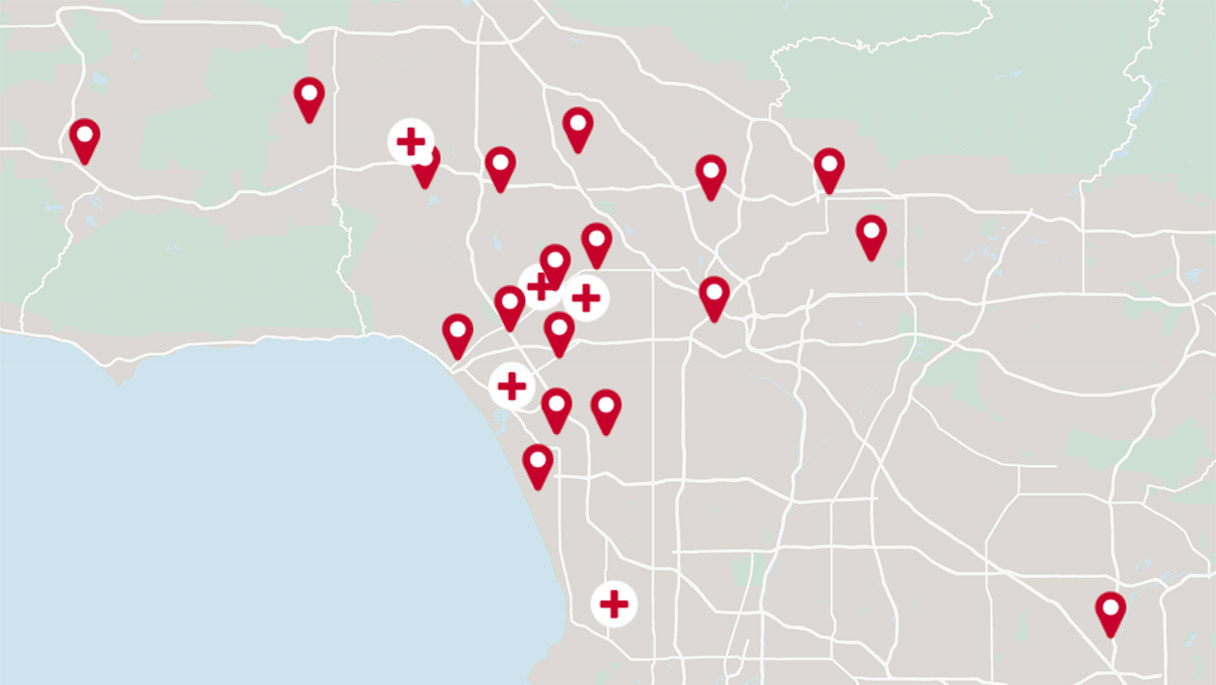Pectus Excavatum
Overview
Pectus excavatum is a condition in which it looks as if a child's breastbone (sternum) is caved in. Both the breastbone and the part of the ribs that connect to it are depressed into the chest.
Pectus excavatum may not be noticeable at birth. By the age of two or three years, however, it is apparent. It can get worse during childhood and puberty.
Symptoms
Pectus excavatum is clearly visible as a sunken portion in the center of a child's chest. This may cause a child concern. Some children with pectus excavatum complain of pain in the wall of their chest. In some cases, the depression may be deep enough to affect the working of the child's heart or lungs. This may limit how much or how strenuously a child can play or be active.
Causes of and Risk Factors
Pectus excavatum is caused by an overgrowth of cartilage as the chest wall is developing before birth. Cartilage is a tough, elastic, fibrous tissue. It makes up most of the skeleton as a baby develops before it is born. The cartilage turns to bone as the baby matures. Cartilage is what makes up the outer portion of the ear and lines the joints of the body.
In pectus excavatum, the cartilage is extra long and pushes the breastbone backward.
Pectus excavatum is four times more common in boys than girls. It tends to run in families. Pectus excavatum often occurs along with other muscle and bone abnormalities such as scoliosis.
Diagnosis
Pectus excavatum can be diagnosed with a physical examination. A computed tomography scan is usually done to give the doctor an image of how the condition is affecting the lungs and heart. In some cases, a cardiologist will be consulted. An echocardiograph will be done to get more information on how the child's heart is functioning. In addition, lung function tests may be done to identify the impact of pectus excavatum on the child's ability to breathe and get oxygen.
Treatment
Pectus excavatum can be treated with surgery. This requires the child to be in the hospital for four to six days after surgery.
There are two types of surgery used to treat pectus excavatum:
The traditional approach. This involves an incision across the chest to partially remove the cartilage and a wedge of the breast bone. A strut is put in place behind the breastbone to hold it in a higher place while the bone and cartilage grow back more normally. The strut is removed six weeks or more after the surgery.
A Nuss repair. This approach uses minimally invasive surgical techniques. Two small incisions are made on each side of the chest. A c-shaped strut is inserted through the incisions and then rotated to push the breastbone up and outward. This approach may not be suitable for older adolescents or children who have more of a depression on one side of the chest than the other.
Get the care you need from world-class medical providers working with advanced technology.
Cedars-Sinai has a range of comprehensive treatment options.


